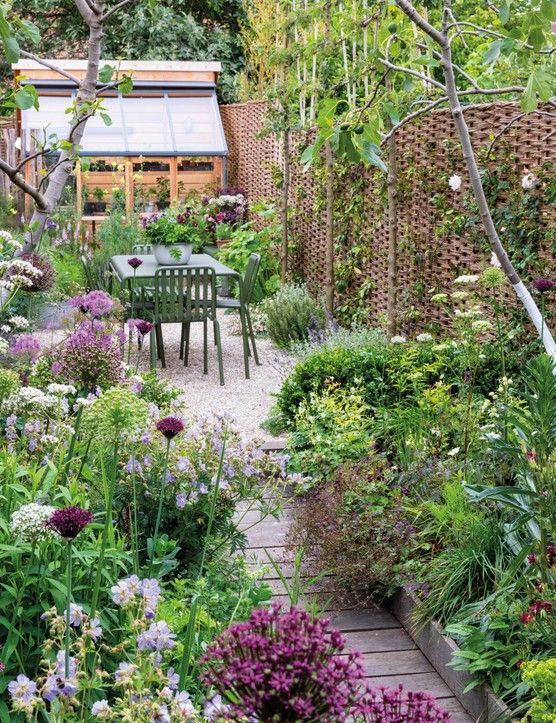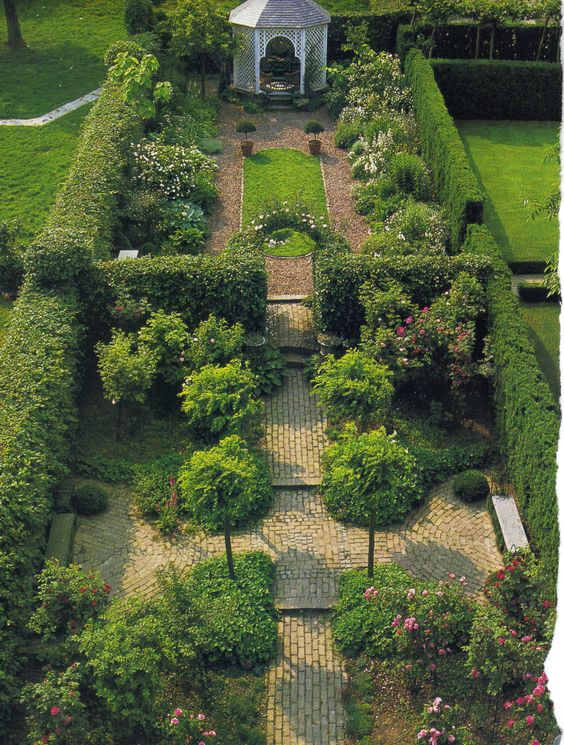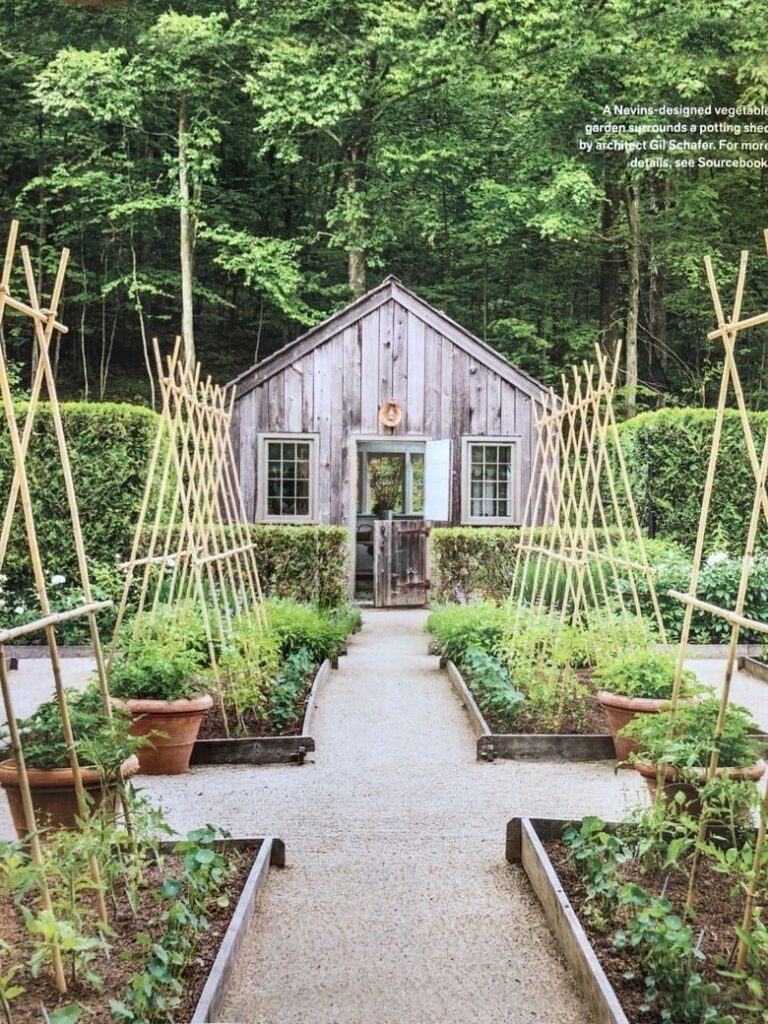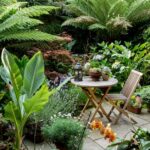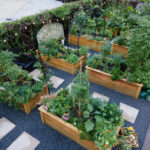When designing a garden layout, there are a variety of factors to consider in order to create a cohesive and functional outdoor space. One important aspect to keep in mind is the overall size and shape of the garden area. It is essential to take accurate measurements before beginning the design process in order to make the most of the available space. Consider how you want to use the garden – as a place for entertaining, for growing fruits and vegetables, or as a relaxing retreat – and plan the layout accordingly.
Another key consideration in garden design layout is the choice of materials for hardscaping elements such as paths, patios, and walls. The materials used should complement the overall style of the garden and be durable enough to withstand the elements. Additionally, incorporating elements such as trellises, arbors, and pergolas can add visual interest and provide support for climbing plants. These structures can also create defined spaces within the garden and help to break up large expanses of open space.
In terms of plant selection, it is important to consider factors such as sunlight exposure, soil type, and water availability when planning the garden layout. Grouping plants with similar needs together can help to create a more efficient and sustainable garden. Experiment with different combinations of flowers, shrubs, and trees to create visual interest and provide a variety of textures and colors throughout the garden. Consider incorporating elements such as raised beds or container gardens to make it easier to maintain and harvest plants.
Creating focal points within the garden can help to draw the eye and create visual interest. This can be achieved through the use of statues, fountains, or specimen plants. Placing these elements strategically throughout the garden can help to create a sense of balance and harmony. Additionally, incorporating paths and walkways that lead the viewer through different areas of the garden can create a sense of exploration and discovery.
Finally, incorporating sustainable design practices into the garden layout can help to create a more environmentally friendly outdoor space. Consider planting native plants that are well-suited to the local climate and require minimal water and maintenance. Incorporating features such as rain gardens, compost bins, and rain barrels can help to reduce water usage and minimize waste. By paying attention to these details, you can create a garden that is not only beautiful but also sustainable and low-maintenance.
